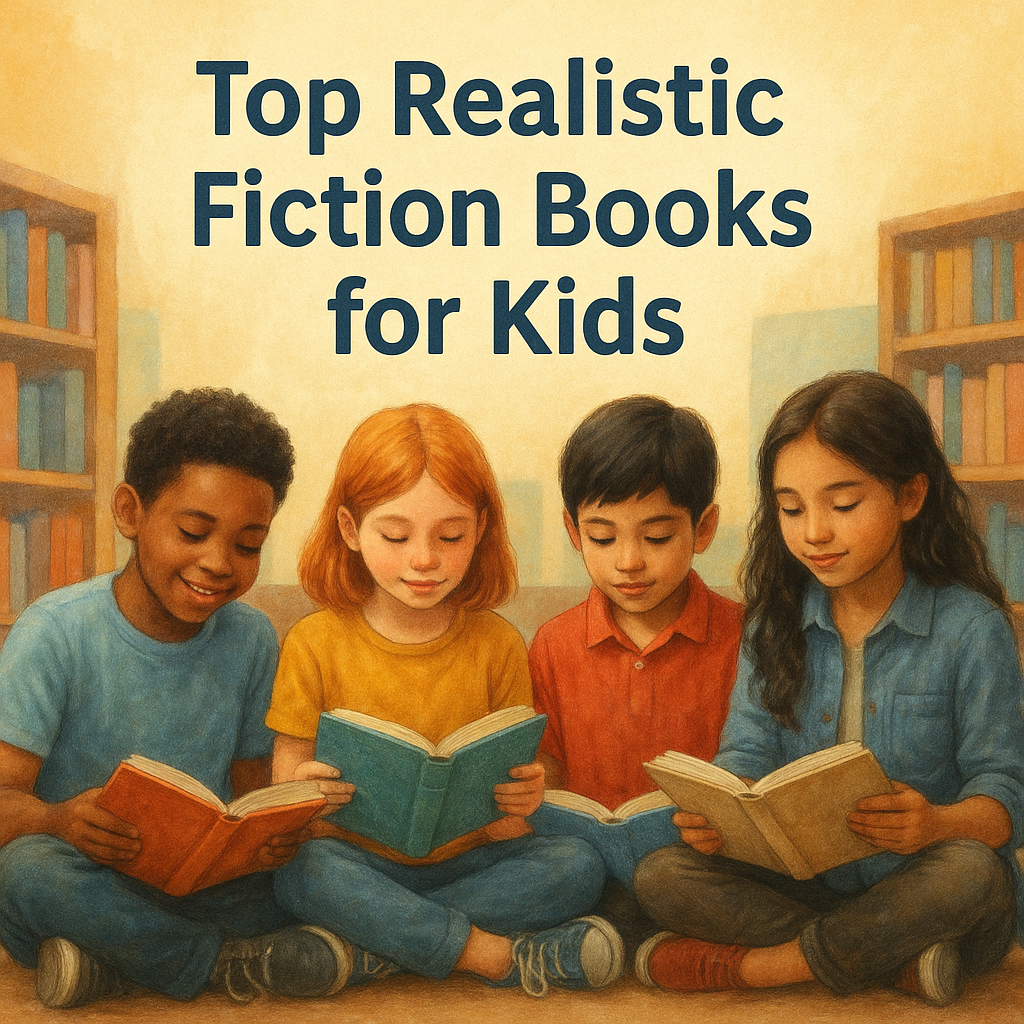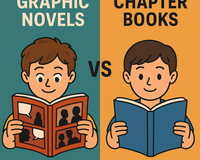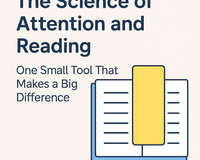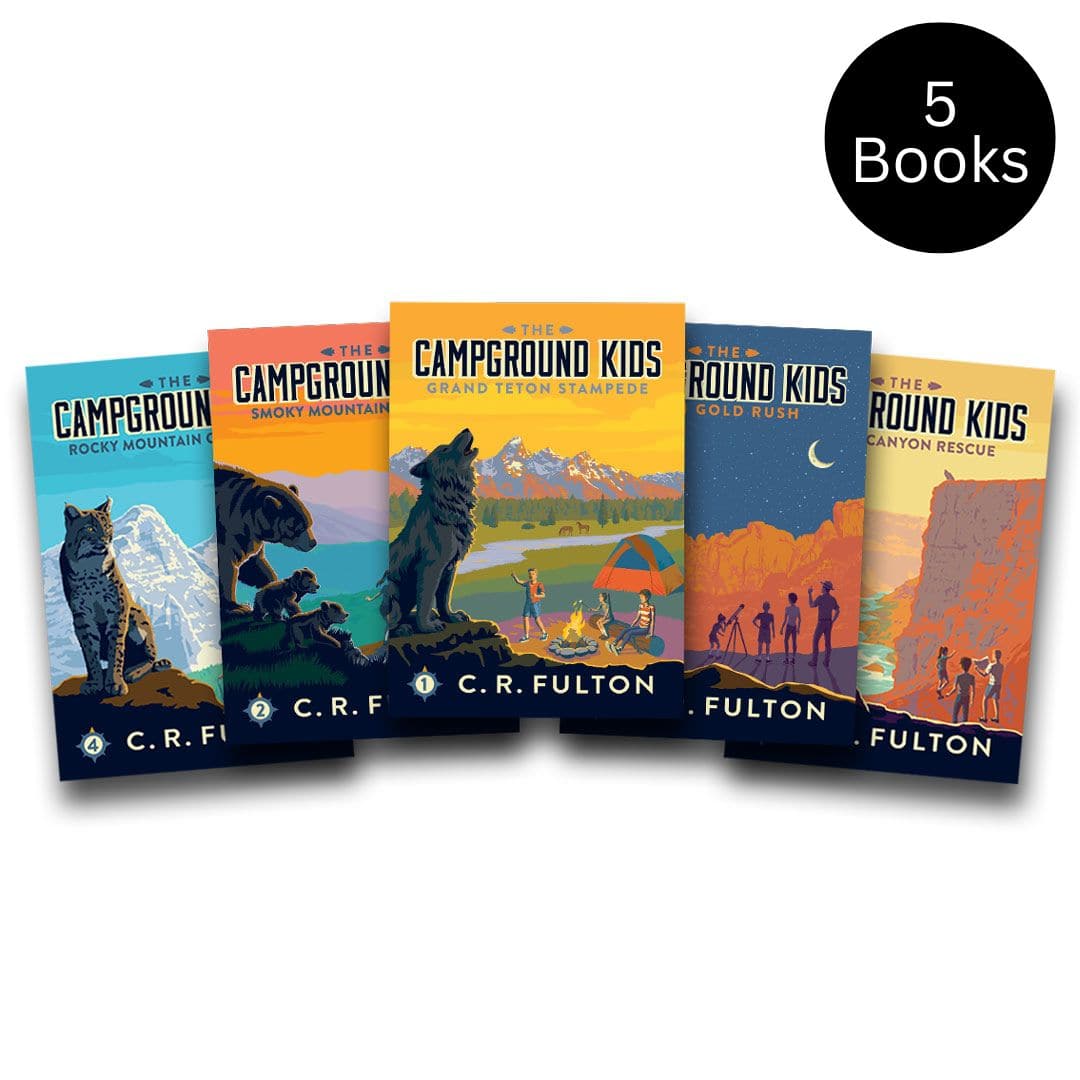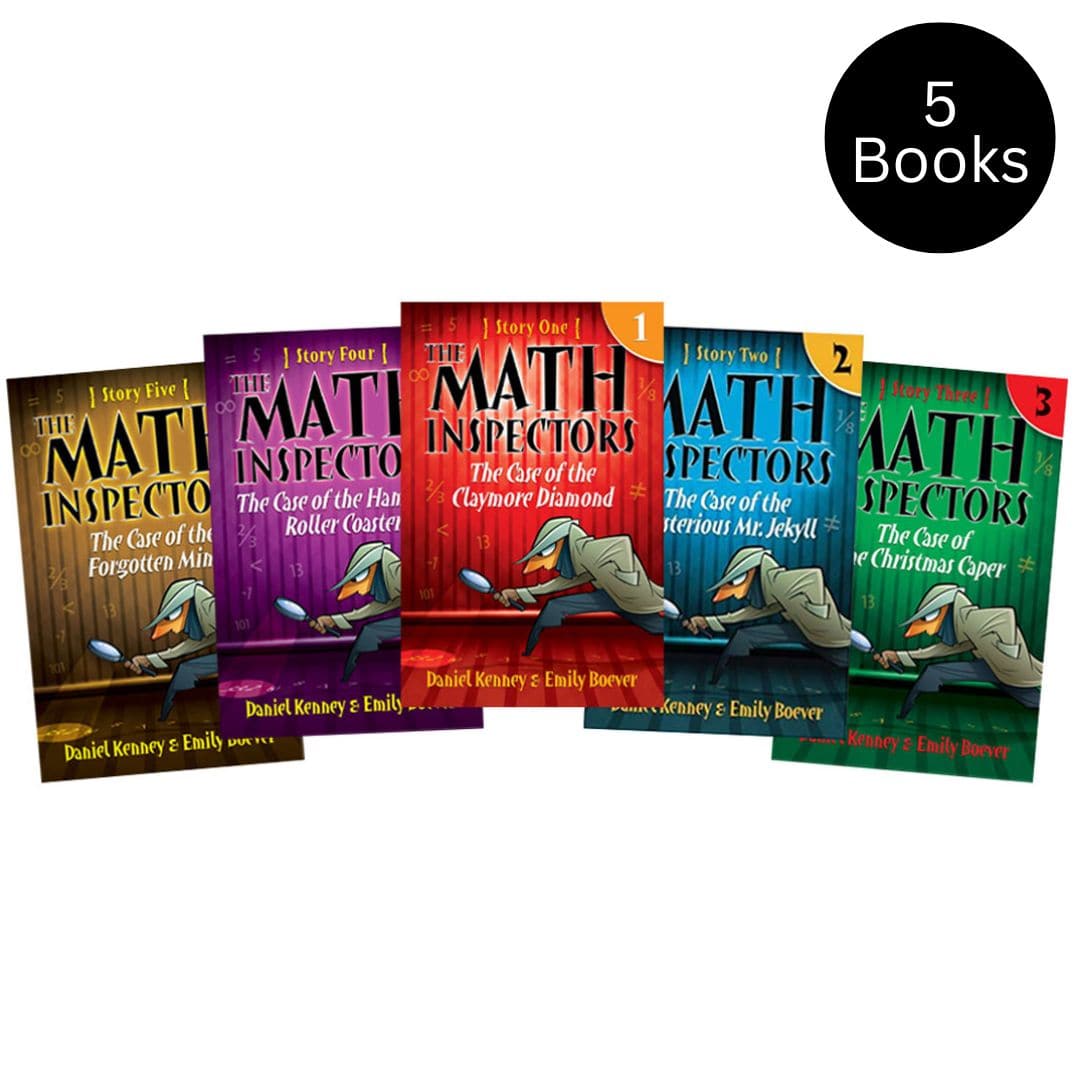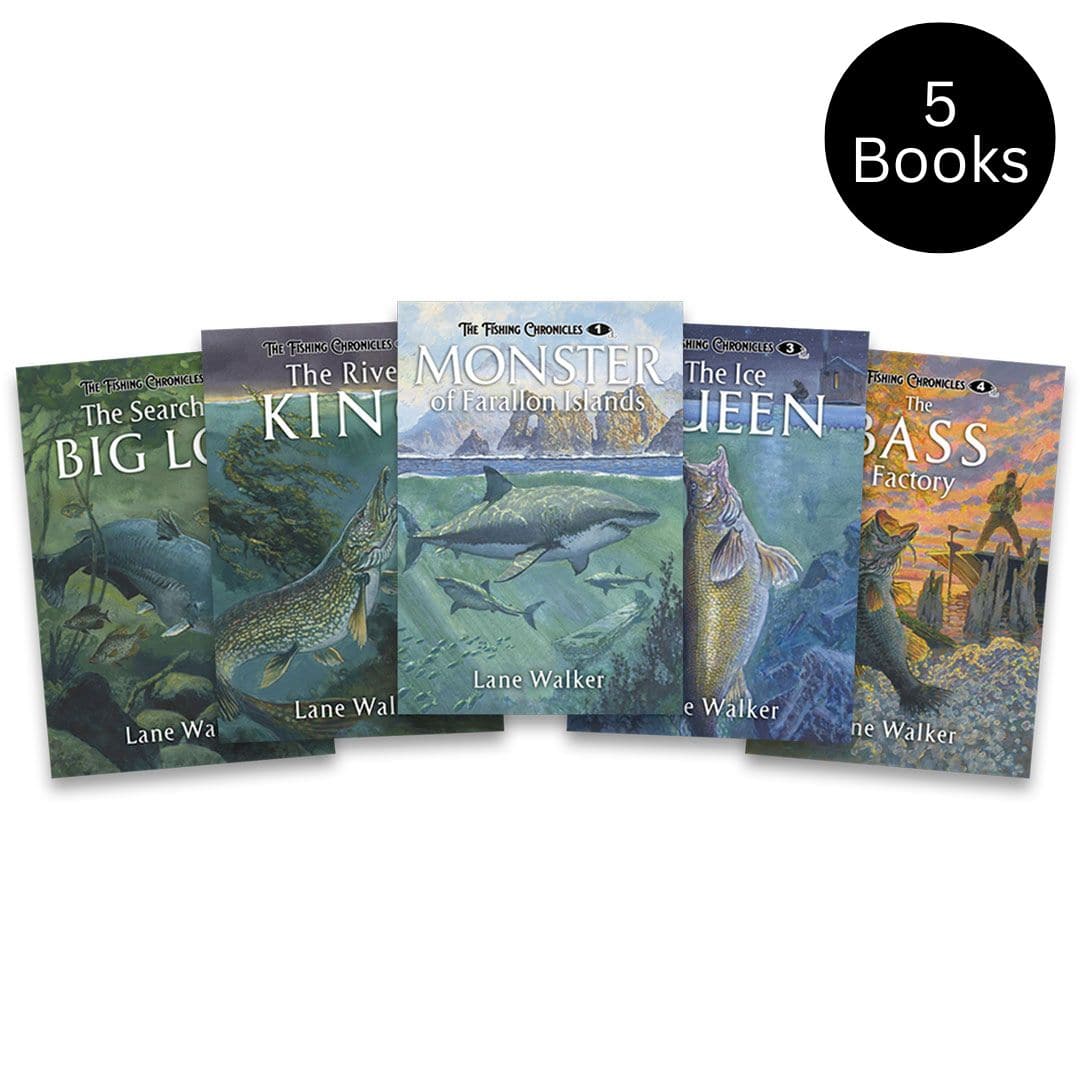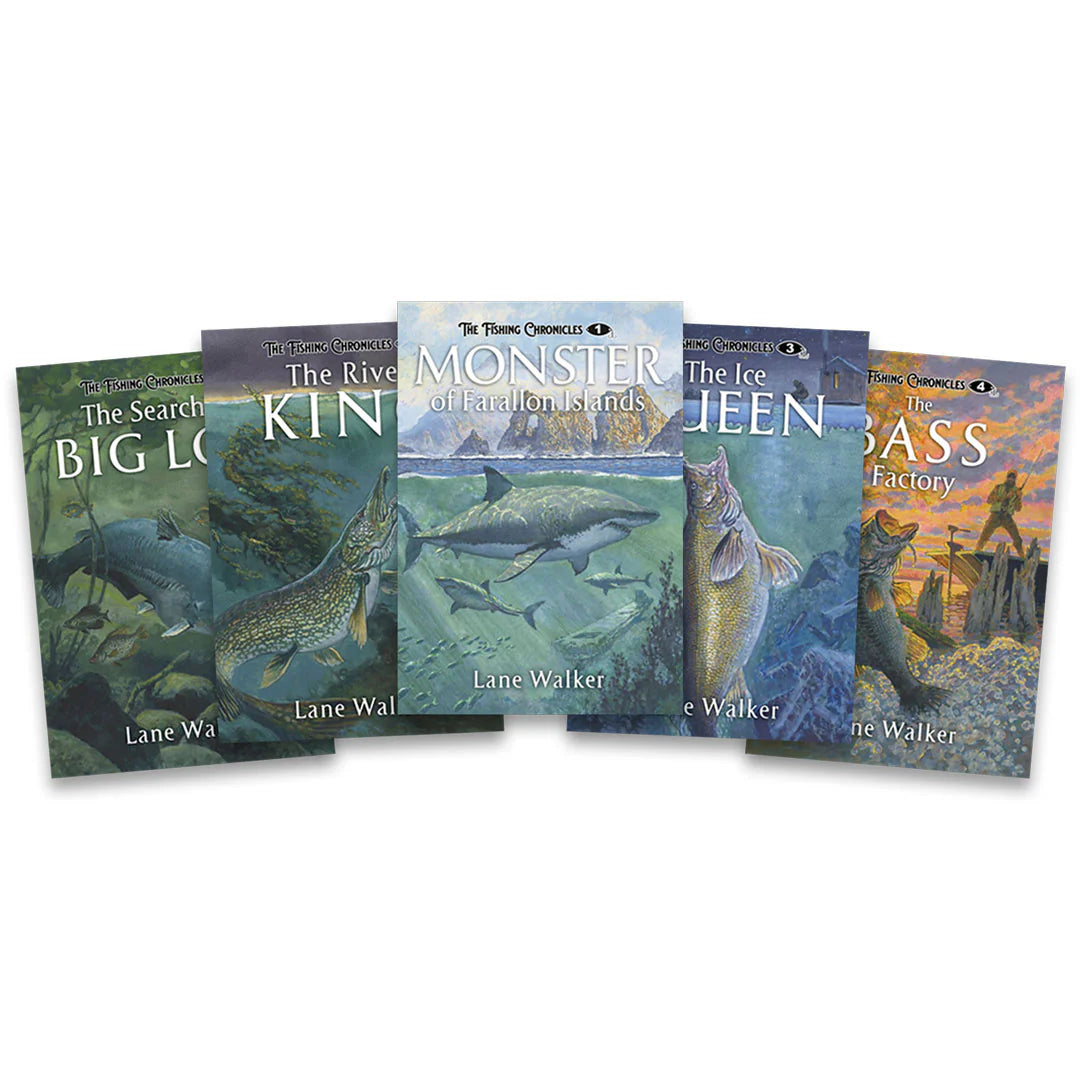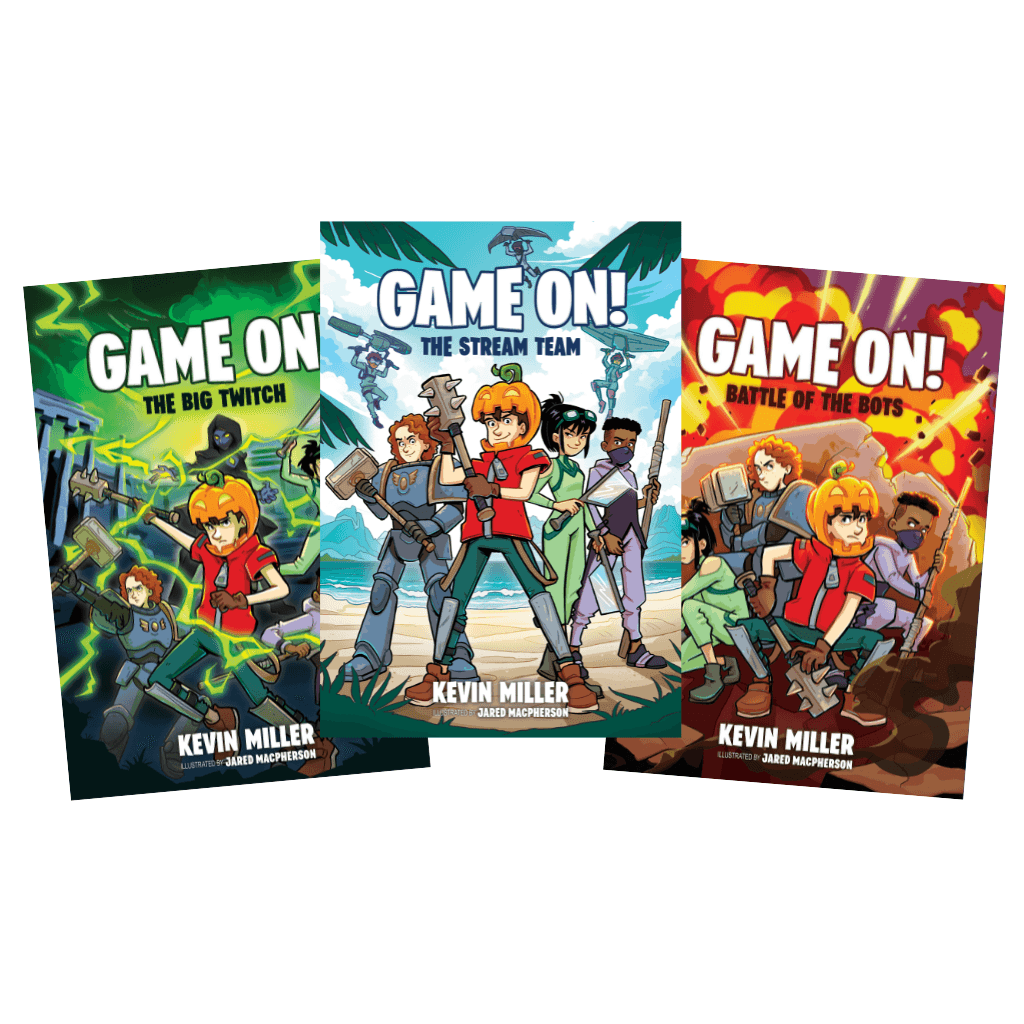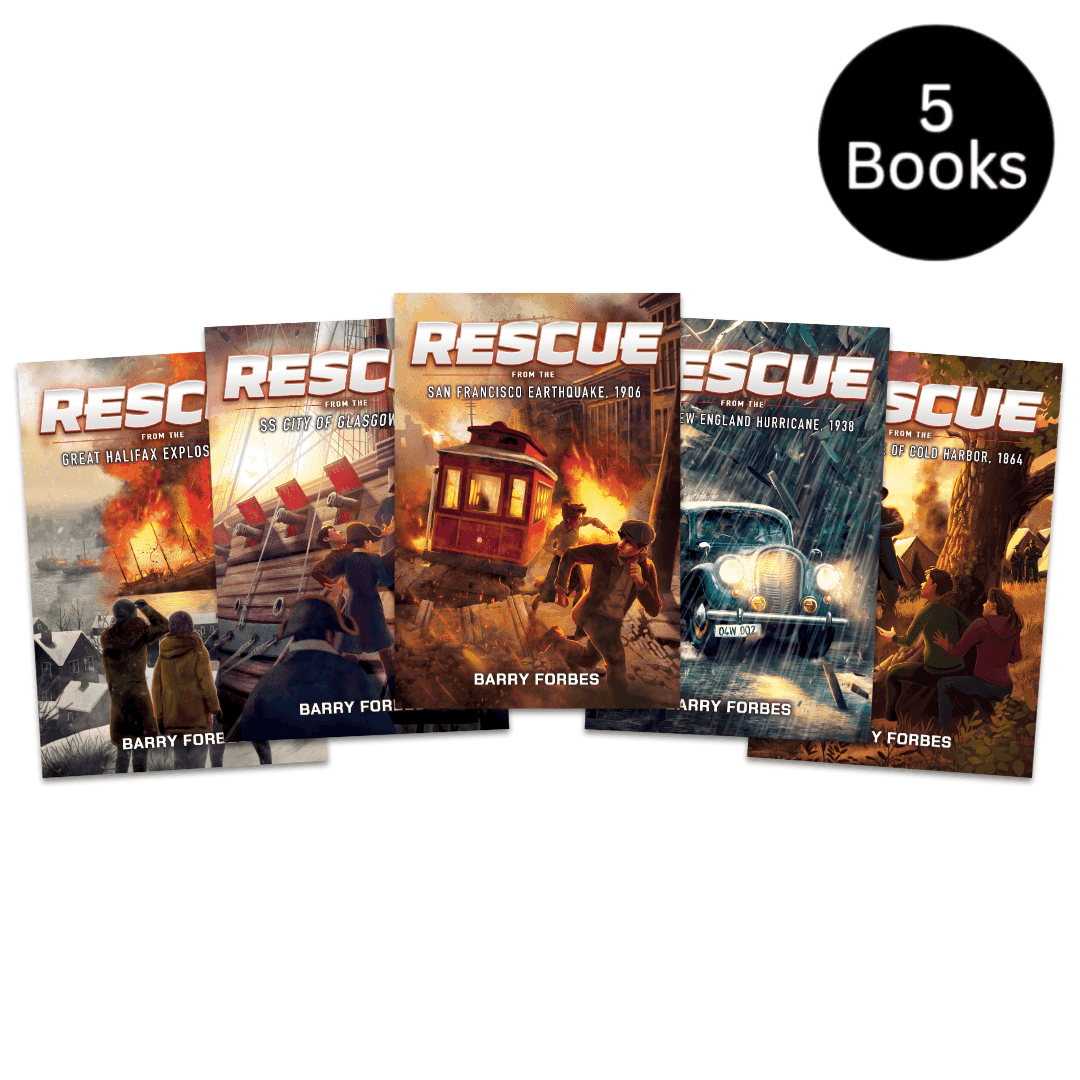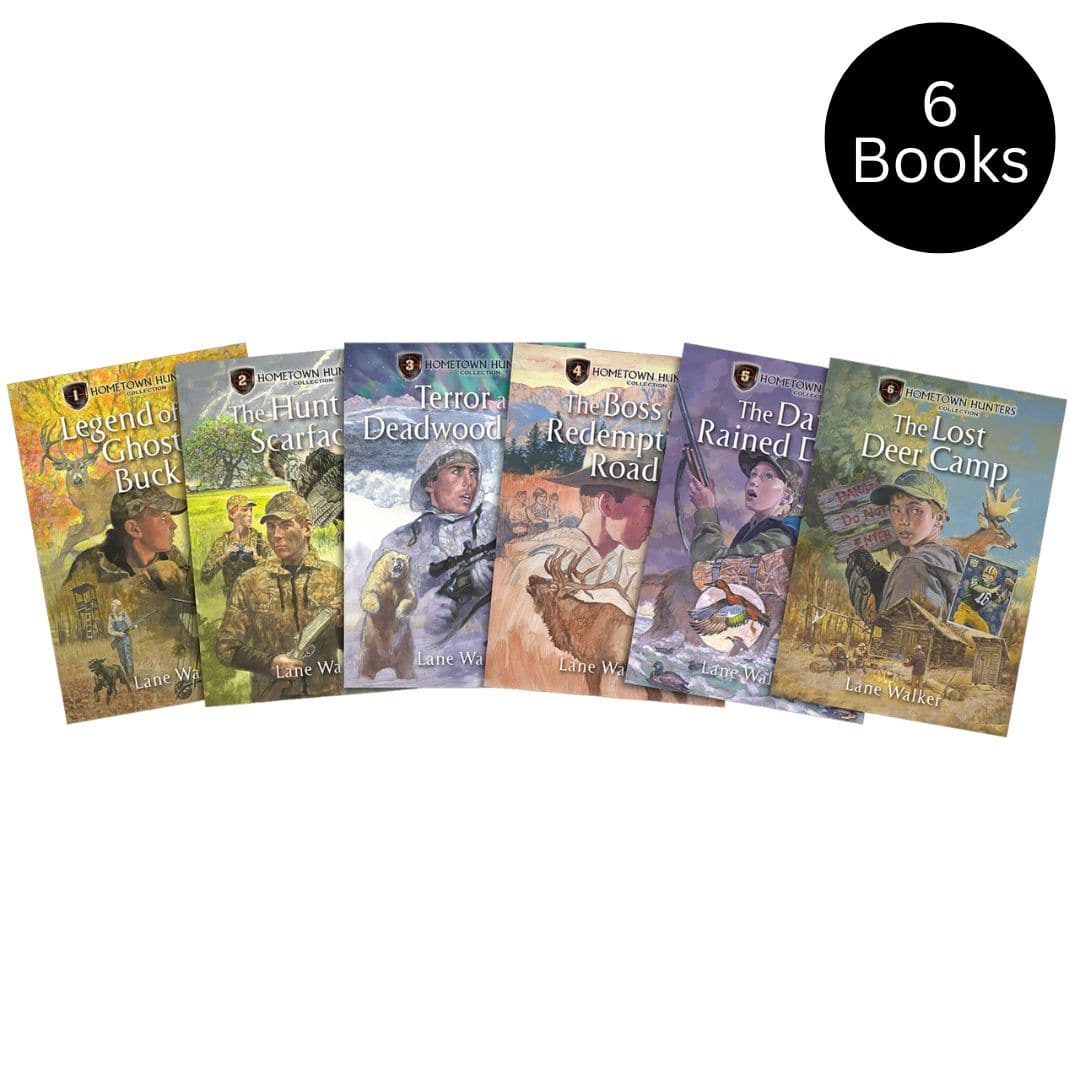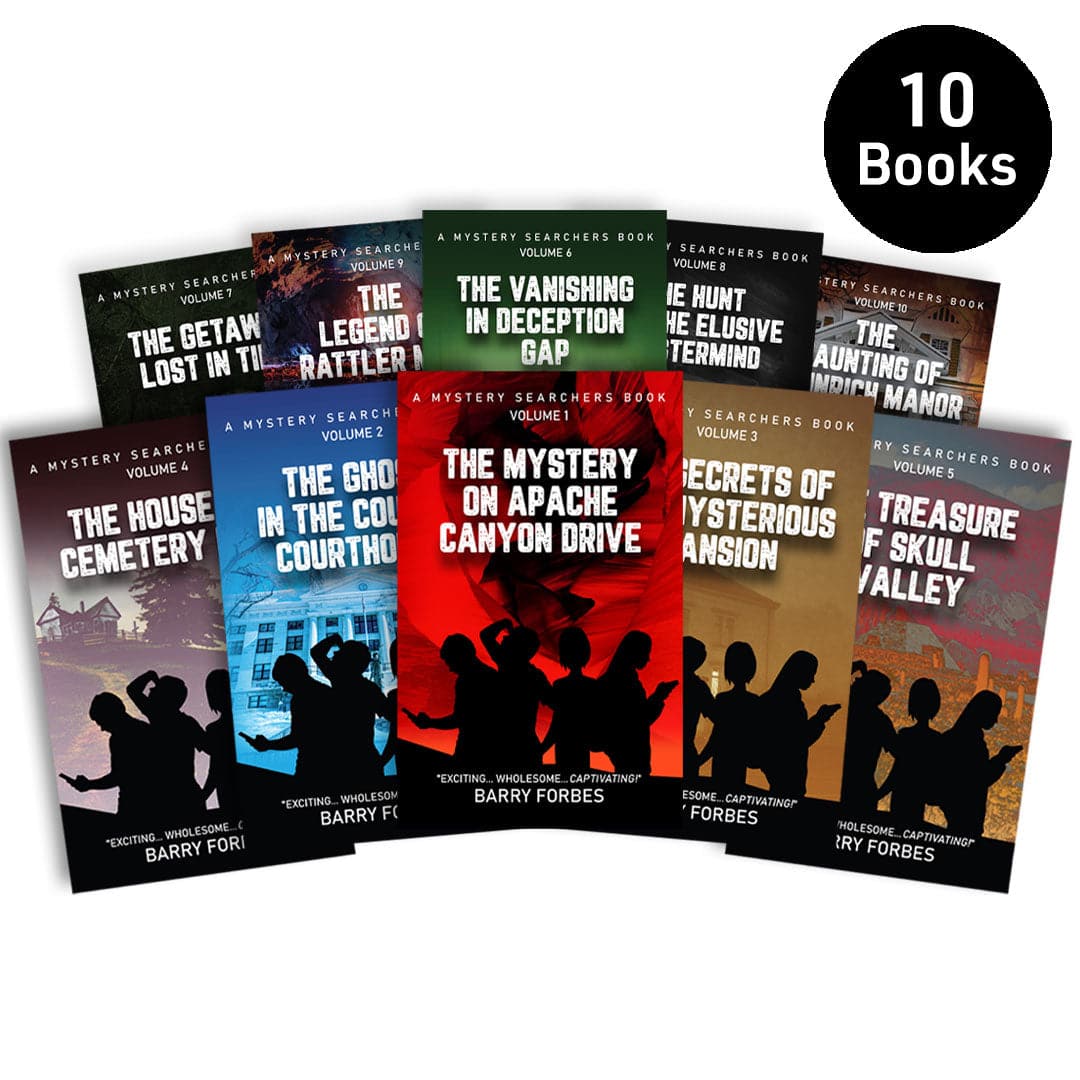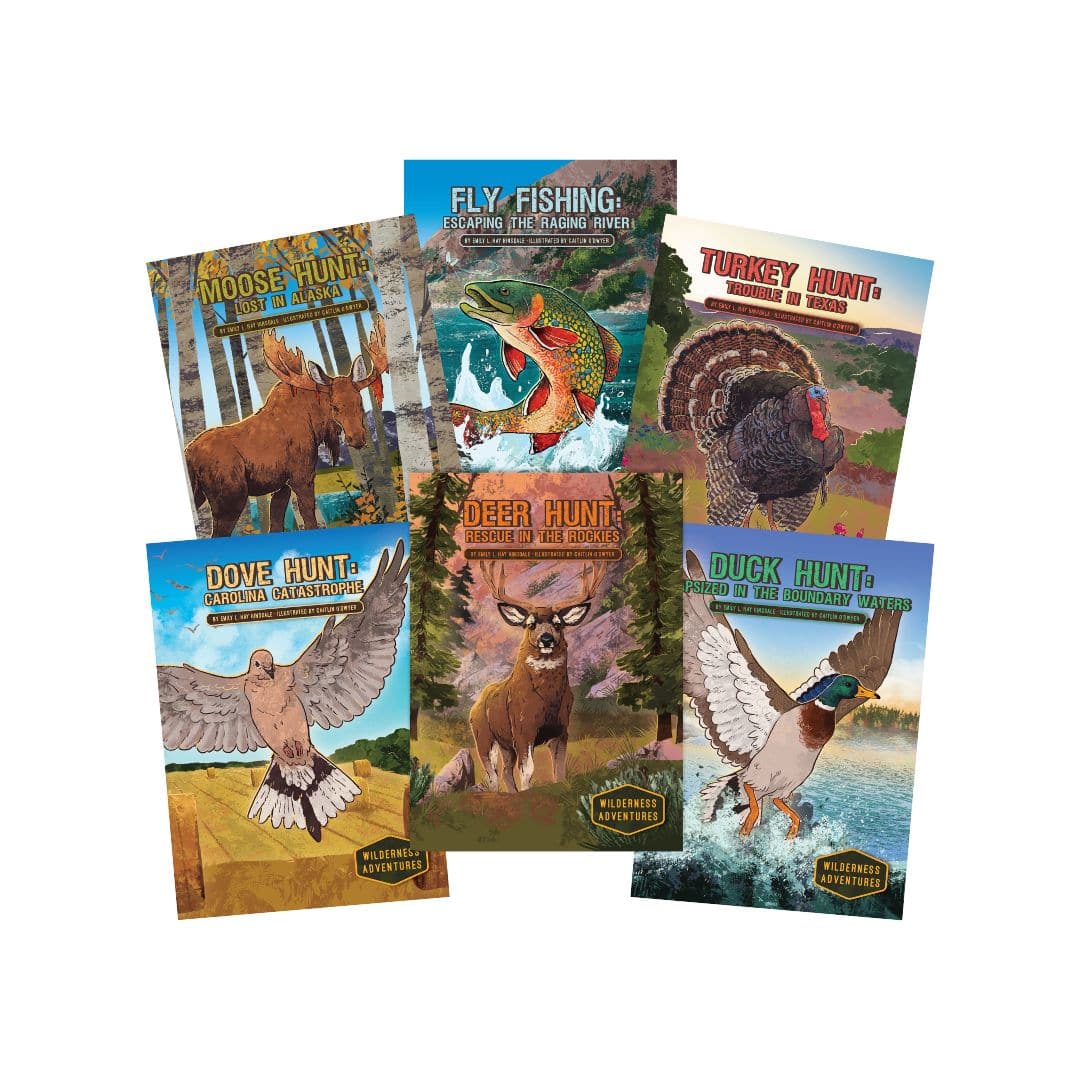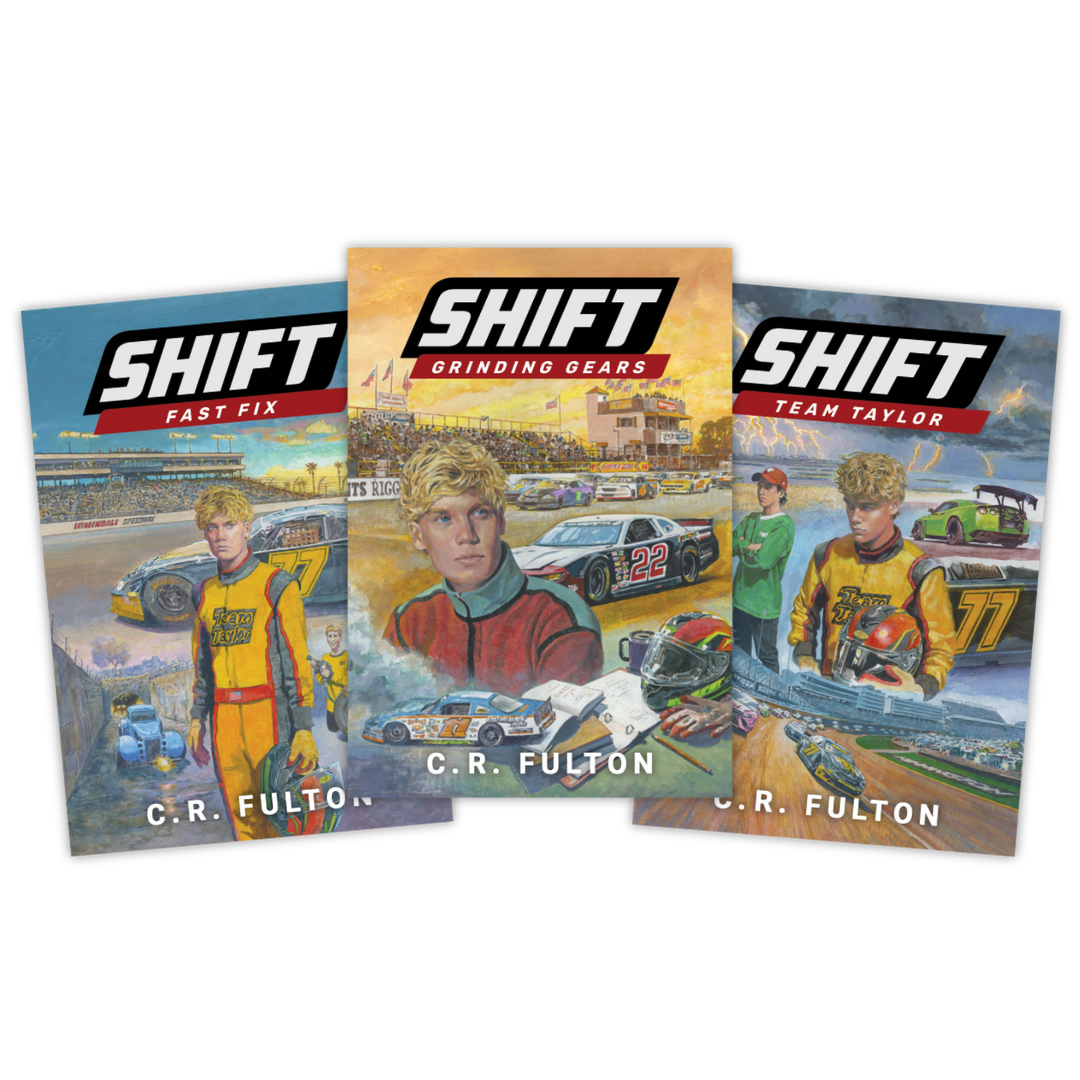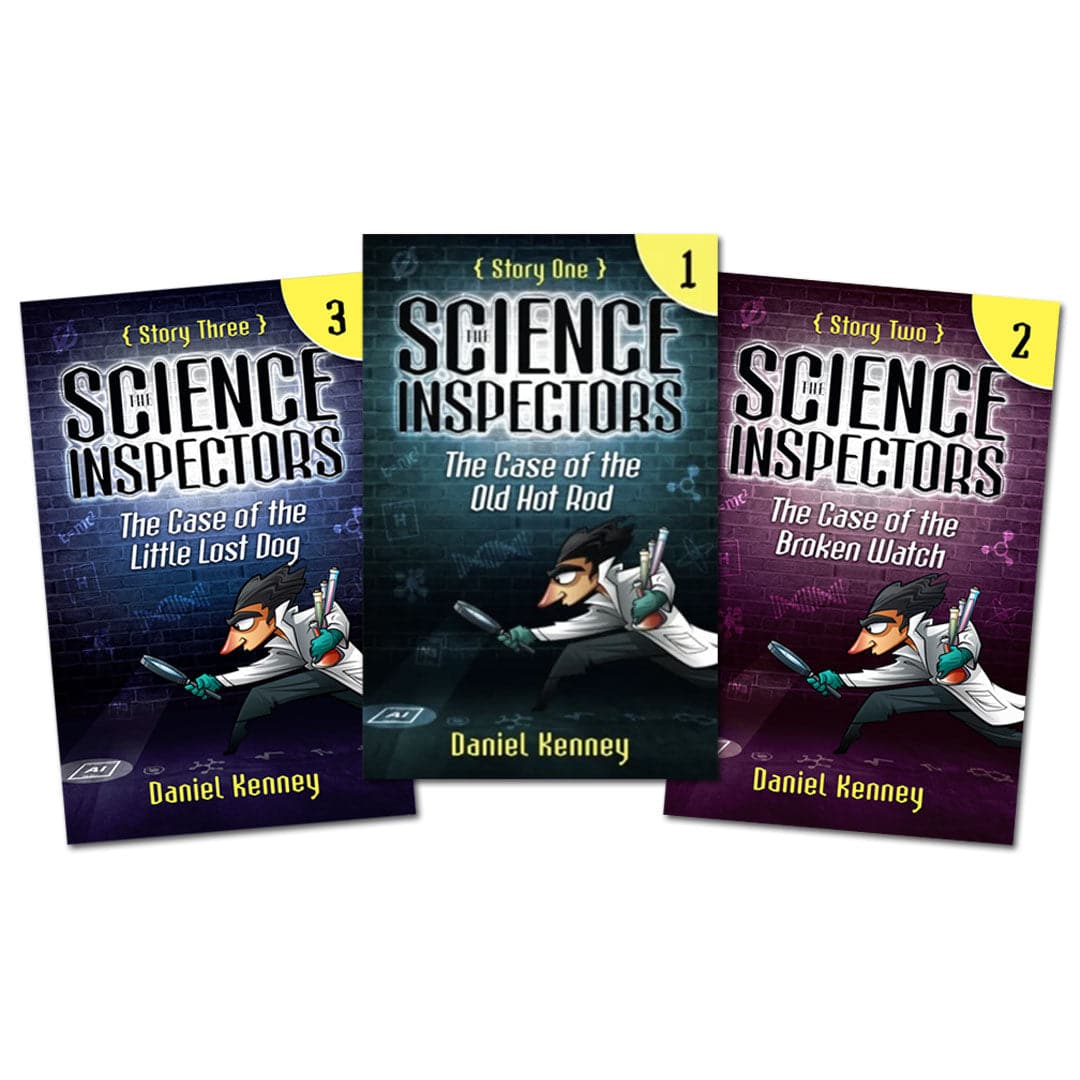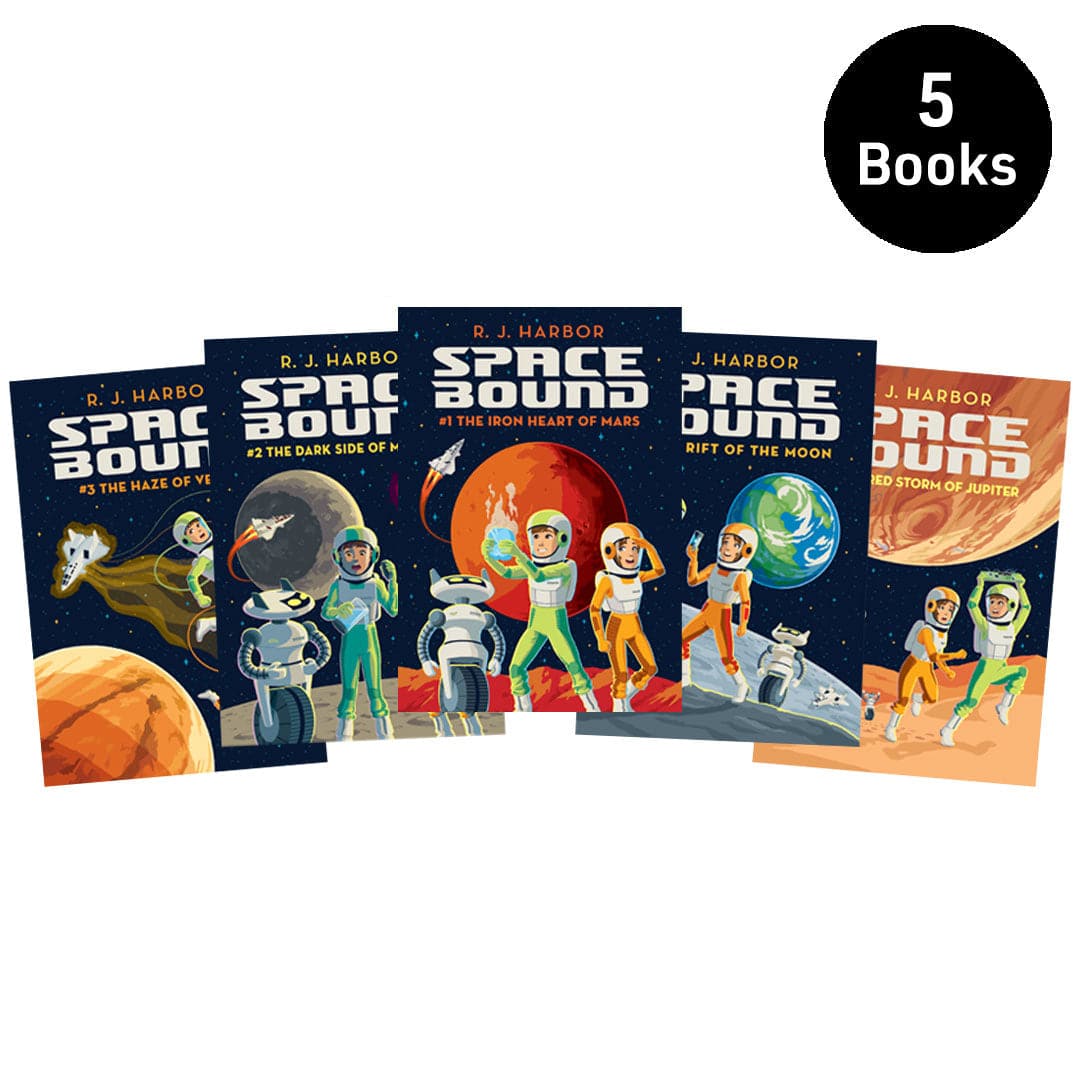Exploring the Depths of Realistic Fiction
Realistic fiction books open a window to the world. They offer stories that feel real and relatable. These books capture the essence of everyday life.
Young readers find themselves in these pages. They see characters facing challenges similar to their own. This connection fosters empathy and understanding.
Realistic fiction stories often tackle important themes. Friendship, family, and personal growth are common topics. These themes resonate with readers of all ages.
For kids, these books are more than just stories. They are tools for learning and self-discovery. They help children navigate their own lives.
Realistic fiction books for kids are crafted with care. They balance entertainment with education. This makes them a favorite among parents and educators.
Middle school realistic fiction delves deeper. It explores complex issues like identity and social dynamics. These books prepare young readers for the challenges ahead.
Popular realistic fiction books often become classics. They leave a lasting impact on readers. Their stories are remembered and cherished.
Choosing the right book is crucial. It can inspire a lifelong love of reading. Realistic fiction offers a rich and rewarding experience.

What Is Realistic Fiction? Understanding the Genre
Realistic fiction is a genre that mirrors life. It depicts events and characters that could exist. The settings and plots are believable and familiar.
Unlike fantasy, there's no magic in realistic fiction stories. The conflict is rooted in everyday challenges. Characters might deal with school, friendships, or family issues.
This genre often reflects societal norms. Authors use it to explore real-life problems and situations. Readers can gain insights into various aspects of the human experience.
Realistic fiction books for kids are carefully crafted. These stories present relatable scenarios. They help young readers feel understood and seen.
Key elements typically found in realistic fiction include:
- Plausible characters and settings: They make the story feel genuine.
- Everyday challenges: Common experiences are depicted in engaging ways.
- Internal and external conflicts: Characters face realistic struggles.
For 8th graders, the genre offers more depth. Books for this age group tackle complex themes. Topics like self-discovery and independence are explored.
Realistic fiction novels often excel at character development. Readers watch as characters grow and change. This transformation is both captivating and educational.

Why Realistic Fiction Matters for Young Readers
Realistic fiction holds immense value for young readers. This genre provides a window into the world around them. It's a mirror reflecting their own lives and experiences.
Through these stories, children can see themselves. Characters face similar struggles, victories, and challenges. This connection fosters empathy and understanding.
The emotional depth of realistic fiction is significant. Young readers relate to characters’ feelings and reactions. These portrayals help kids navigate their own emotions.
The stories often address crucial life lessons. Themes of friendship, family, and resilience are common. They emphasize the importance of empathy and communication.
Here are some reasons why realistic fiction is essential:
- Relatable Characters: Readers see themselves and their peers in these stories.
- Real-World Problems: Tackling relatable issues enhances understanding.
- Emotional Growth: Stories promote emotional intelligence and coping skills.
Realistic fiction books for middle schoolers delve into more complex topics. They cover identity and self-discovery. These themes resonate with adolescents on the brink of adulthood.
For librarians and educators, these books are invaluable. They complement academic learning while supporting social development. With these narratives, young readers explore morals and ethics.
Realistic fiction for kids is more than entertainment. It is a powerful educational tool. These stories encourage introspection and discussion, benefitting personal growth.

Key Elements of Realistic Fiction Stories
Realistic fiction stories stand out for their distinct elements. These stories ground themselves in the real world, making them relatable to readers.
Characters in realistic fiction are lifelike. They experience emotions and face challenges akin to those of real people. This authenticity allows readers to connect deeply with the narrative.
Settings play a crucial role in these stories. Realistic fiction often unfolds in familiar places like schools, homes, or neighborhoods. Such settings enhance the story's believability.
The plots revolve around everyday occurrences. Characters navigate through issues like family dynamics, friendships, or personal growth. These plots mirror the reader's world, adding relevance to the tale.
Key elements include:
- Authentic Characters: Realistic emotions and situations.
- Familiar Settings: Everyday locations enhance relatability.
- Everyday Conflicts: Plots featuring relatable challenges and growth.
- Real-Life Themes: Emphasis on personal, social, or ethical issues.
Themes in realistic fiction often explore universal truths. They touch on resilience, identity, and empathy, providing meaningful life lessons.
For educators and parents, these elements make realistic fiction an excellent choice. The stories serve as starting points for important discussions. They encourage children to think critically about real-world issues.
Incorporating these key elements, realistic fiction captivates readers. It offers both entertainment and a lens through which to explore human experiences.

The Educational Value of Realistic Fiction Books
Realistic fiction books provide more than just entertainment. They offer significant educational benefits for young readers. Through engaging narratives, these books help in developing key skills.
Firstly, readers gain a better understanding of language. The dialogues and descriptions in realistic fiction books enhance vocabulary and comprehension. This makes them an ideal tool for language development.
These stories also encourage empathy. By exploring diverse perspectives, readers learn to appreciate different viewpoints. Understanding characters' emotions and motivations fosters emotional intelligence.
Moreover, realistic fiction addresses real-world issues. The stories often delve into themes like bullying, family challenges, or cultural differences. Such topics prompt young readers to think critically about society.
Here's a list of the educational benefits of realistic fiction:
- Language Enhancement: Improved vocabulary and comprehension skills.
- Empathy Development: Appreciation of diverse perspectives.
- Critical Thinking: Engaging with complex social issues.
- Emotional Intelligence: Understanding emotions and motivations.
- Moral Growth: Insights into ethical dilemmas.
Teachers and parents can utilize these books to initiate discussions. Realistic fiction acts as a bridge, making complex concepts accessible for young minds.
In classroom and home settings, these books can complement curriculums. They encourage lifelong learning and curiosity in children.
Ultimately, realistic fiction books contribute to a well-rounded education. They prepare young readers not only academically but also socially and emotionally. With their captivating stories, they foster both intellectual growth and personal development.
Realistic Fiction Books for Different Age Groups
Realistic fiction evolves as children grow, offering age-appropriate themes and narratives. Each age group requires stories that reflect their experiences and challenges. Therefore, understanding age-specific needs is crucial.
For younger children, realistic fiction often includes simple, relatable tales. The focus is primarily on family, friends, and school life. This helps kids see themselves in the stories, enhancing relatability.
As children mature, the complexity of themes in realistic fiction increases. Older kids encounter books addressing moral dilemmas and identity exploration. These stories promote critical thinking and self-reflection.
Ultimately, choosing the right realistic fiction book depends on the child's age and maturity. Tailoring books to their developmental stage ensures that the stories captivate while also educating.

Realistic Fiction Books for Kids (Ages 6-8)
For young readers aged 6-8, realistic fiction books open doors to familiar worlds. These stories often revolve around simple, everyday experiences. They reflect the lives of children at home, school, and with friends.
The themes in these books are generally light-hearted. They often focus on friendship, family, and fun adventures. The characters are relatable, helping children see themselves in the stories.
Moreover, the language used is straightforward. This makes it easy for early readers to grasp. The simple yet engaging narratives promote a love for reading.
Here are some engaging titles for young readers:
- "Frog and Toad Are Friends" by Arnold Lobel: Classic friendship tales.
- "Ivy and Bean" by Annie Barrows: Adventures of unlikely friends.
- "Amelia Bedelia" by Peggy Parish: Hilarious misunderstandings.
These books often come with illustrations. Visuals enhance understanding and enjoyment, making reading a joyful experience.
Through realistic fiction, young children explore emotions and relationships. This encourages empathy and helps them navigate their little world.
Parents and educators looking for curated options can turn to Bakken Books, where we highlight age-appropriate titles that reflect the lives of children at home, school, and with friends.
All of our books are organized by age, here are our books recommended for ages 6-9.

Realistic Fiction Books for 4th Graders (Ages 9-10)
For 4th graders, realistic fiction stories delve into more varied experiences. These books begin to explore deeper themes, balancing between fun and learning. Themes often include friendship, adventure, and school life.
Books for this age group introduce problem-solving and personal growth. Characters often face challenges that require courage and creativity. These narratives encourage kids to develop resilience and independent thinking.
The language and plots in these books are more complex. However, they remain accessible for the age group. They enhance reading comprehension and vocabulary through engaging storytelling.
Recommendations for 4th graders include:
- "The One and Only Ivan" by Katherine Applegate: Unique perspectives and friendships.
- "Frindle" by Andrew Clements: Creativity and innovation in school.
- "The Lemonade War" by Jacqueline Davies: Sibling rivalry and business smarts.
These books typically spark conversations among peers and family. They serve as excellent tools for discussing everyday life situations.
By enjoying these stories, 4th graders embark on reading journeys that reflect their own developing lives.
Realistic Fiction for 5th Graders (Ages 10-11)
For 5th graders, realistic fiction begins to take a more serious tone. These stories often focus on challenges faced during pre-adolescence. Themes such as self-discovery, friendships, and school dynamics are common.
At this age, kids start exploring identity and independence. Realistic fiction books reflect these explorations, presenting relatable scenarios. They often involve characters navigating personal and social hurdles.
Language and theme complexity increases in these books. They engage readers while enhancing language skills. These narratives also introduce ethical dilemmas for kids to ponder.
Top picks for 5th graders include:
- "Wonder" by R.J. Palacio: Overcoming adversity and celebrating differences.
- "Because of Winn-Dixie" by Kate DiCamillo: Friendships and healing from loss.
- "Rules" by Cynthia Lord: Understanding and acceptance in family dynamics.
These books encourage reflection on personal values and emotions. They are powerful tools for fostering maturity and empathy.
By immersing themselves in these narratives, 5th graders gain insight into their growing world.
Here are Bakken Books recommended books for ages 8-12+.

Realistic Fiction Books for Middle Schoolers (Ages 11-14)
Middle school is a transformative period, and realistic fiction books for this age group mirror this transition. Stories often address more mature and complex themes, suited for pre-teens and early teens.
Books for middle schoolers delve into issues like identity, peer pressure, and family dynamics. These narratives often challenge readers to think critically about personal and societal issues.
The storytelling in these books is nuanced, with multi-layered plots and rich character development. This depth allows readers to connect deeply with the material and reflect on their own lives.
Here are some recommended reads for middle schoolers:
- "Out of My Mind" by Sharon Draper: Overcoming barriers and discovering inner strength.
- "The Crossover" by Kwame Alexander: Family bonds and personal growth through sports.
- "Roller Girl" by Victoria Jamieson: Navigating changes and new paths.
These stories often include a mix of humor and serious topics. This balance keeps readers engaged while encouraging thoughtful discussions.
By exploring diverse experiences, middle schoolers gain a broader understanding of the world.

Realistic Fiction Books for 7th and 8th Graders (Ages 12-14)
For 7th and 8th graders, realistic fiction stories take on more intricate and challenging themes. These books often explore the complexities of adolescence, a time of significant growth and change.
Books in this category tackle topics like self-identity, social justice, and moral dilemmas. They provoke critical thinking and encourage young readers to question and explore.
The narratives are more sophisticated and involve complex language. Readers at this stage appreciate the depth and realism these stories offer.
Essential reading for 7th and 8th graders includes:
- "The Absolutely True Diary of a Part-Time Indian" by Sherman Alexie: Identity and resilience.
- "Speak" by Laurie Halse Anderson: Confronting personal trauma.
- "The Hate U Give" by Angie Thomas: Social issues and activism.
These stories open dialogues about real-world challenges, providing a platform for learning and discussion. They inspire readers to empathize and relate to different life experiences.
By engaging with these novels, 7th and 8th graders prepare for the complexities of high school and beyond.

Popular and Award-Winning Realistic Fiction Novels
In the vast world of literature, certain realistic fiction novels rise to prominence. These books captivate readers with their compelling narratives and profound themes. They often receive acclaim for their storytelling artistry and impact.
Award-winning realistic fiction novels stand out for their ability to connect with audiences across ages. Their universal appeal lies in authentic portrayals of life experiences. These stories often tackle subjects with sensitivity and depth.
Many of these novels have received prestigious awards, recognizing their excellence. Awards such as the Newbery Medal and the Coretta Scott King Book Award highlight exceptional works. These accolades reflect the books' contribution to literature and society.
Notably, popular realistic fiction books often become classics. They remain relevant despite changing times, continuing to resonate with new generations. This timeless quality ensures their place in libraries and schools worldwide.
Here are some celebrated realistic fiction books:
- "To Kill a Mockingbird" by Harper Lee: A classic narrative on justice and morality.
- "The Giver" by Lois Lowry: A thought-provoking exploration of society and freedom.
- "Where the Red Fern Grows" by Wilson Rawls: A heartfelt tale of love, loss, and loyalty.
These novels not only entertain but also educate. They encourage readers to reflect on their beliefs and the world around them. Through these stories, readers embark on journeys that inspire and transform.

How to Choose the Best Realistic Fiction Books for Young Readers
Selecting the right realistic fiction books for young readers involves more than just browsing bestseller lists. It's essential to consider both interests and reading levels to find suitable stories. This ensures that the books not only entertain but also engage and educate the reader.
Understanding the child's personal preferences plays a critical role. Some children enjoy stories about friendships, while others might prefer tales about overcoming challenges. Knowing these preferences helps in narrowing down the wide array of available books.
Equally important is considering the age-appropriateness of the themes presented in the book. Younger readers might require simpler narratives, while older kids might be ready for more complex topics. Evaluating the book’s content ensures that it's suitable for the child’s developmental stage.
Additionally, it can be beneficial to seek recommendations from educators, librarians, or reading groups. Their insights often bring attention to lesser-known yet impactful titles. This can lead to discovering unexpected treasures in realistic fiction.
When choosing realistic fiction books, consider these factors:
- The child’s interests and hobbies
- Age-appropriateness of the book
- Recommendations from trusted sources
- Language complexity and readability
- Diversity and representation in the story
Selecting books with these aspects in mind will enrich a young reader’s experience, sparking a lifelong love of reading.

Realistic Fiction Books as Tools for Social and Emotional Learning
Realistic fiction books offer more than just stories; they are valuable tools for social and emotional learning (SEL). By depicting real-life situations, these books allow young readers to explore complex emotions and social dynamics in a safe space. Readers can learn to identify and articulate their feelings through characters' experiences.
Encountering diverse characters and scenarios encourages empathy. When readers put themselves in the shoes of different characters, they gain insights into perspectives and struggles they might not have experienced firsthand. This process cultivates understanding and acceptance of others.
Moreover, realistic fiction often addresses themes such as friendship, family conflicts, and societal challenges. By engaging with these narratives, readers can relate to and reflect on their circumstances. This reflection can help them develop problem-solving skills and resilience.
Incorporating realistic fiction into SEL programs in schools and libraries enriches learning experiences. Educators can use these stories to facilitate discussions about core SEL themes. They promote critical thinking and emotional intelligence among students.
Consider how realistic fiction supports SEL:
- Builds empathy and understanding
- Promotes self-reflection and emotional awareness
- Aids in discussing complex social issues
- Offers relatable characters and situations
- Enhances problem-solving and resilience
Incorporating realistic fiction into a child's reading routine can aid their emotional and social development, providing them with the tools needed for personal growth.

Diversity and Representation in Realistic Fiction
Diversity and representation are crucial elements in realistic fiction books. These stories offer authentic portrayals of various cultures, identities, and experiences. This inclusion allows all readers to see themselves reflected in the narratives.
Realistic fiction books that embrace diversity provide more than just a mirror for readers. They also act as windows, offering glimpses into the lives of others, fostering empathy, and broadening perspectives. Through these stories, young readers learn to appreciate differences and find common ground with characters who may be different from themselves.
Moreover, diverse realistic fiction can challenge stereotypes and break down prejudices. By presenting characters who defy conventional expectations, these books encourage readers to question biases and form a more nuanced understanding of the world around them.
Including diverse stories in classroom and library collections enhances inclusivity. Representation matters, as it validates the identities and experiences of all readers. It also encourages creativity and open-mindedness, helping to create a more inclusive environment where every voice is valued.
Benefits of diversity in realistic fiction include:
- Validating diverse identities and experiences
- Challenging stereotypes and biases
- Encouraging empathy and understanding
- Fostering inclusivity in educational settings
- Promoting open-mindedness and acceptance
Realistic fiction that values diversity and representation is essential in nurturing empathetic, informed, and inclusive young readers.

Using Realistic Fiction in the Classroom and Library
Incorporating realistic fiction into classroom and library collections offers numerous educational benefits. These books can enhance curriculum topics with engaging and relatable content. Teachers can use them to spark discussions about important life lessons and social issues.
Realistic fiction stories often reflect real-life challenges and moral dilemmas. This makes them powerful tools for developing critical thinking skills. When students analyze characters' actions and decisions, they gain insights that can guide their own behavior.
In libraries, realistic fiction books can diversify reading options. Curating a collection that includes various realistic fiction titles ensures something for every reader. This variety can encourage students to explore new genres and develop a lifelong love of reading.
Teachers and librarians can introduce students to realistic fiction through book clubs or reading groups. These settings provide opportunities for students to share their thoughts, fostering communication skills and social interaction. Sharing diverse perspectives enriches the reading experience and creates a sense of community.
Key ways to use realistic fiction in education:
- Enhancing curriculum discussions
- Developing critical thinking and analytical skills
- Diversifying library collections
- Encouraging group reading and discussions
- Promoting inclusivity and empathy
Realistic fiction books are valuable resources that enrich learning environments by bridging storytelling and real-world experiences.
Tips for Encouraging Kids to Read Realistic Fiction
Encouraging children to explore realistic fiction can be a rewarding experience. Start by providing books that match their interests and life experiences. This creates a connection between the reader and the characters, enhancing engagement.
Discuss the themes and characters with children after reading. Conversations can deepen their understanding and make reading more interactive. Ask them what they would do in similar situations to foster critical thinking.
Incorporate reading realistic fiction as part of a regular routine. Setting aside specific times for reading can help develop a habit. Doing it together with family or friends can make the experience more enjoyable.
Here are practical tips to inspire children:
- Visit local libraries regularly to explore new titles.
- Let kids choose books based on their interests.
- Create a cozy reading nook at home.
- Join or start a book club to share experiences.
These strategies can help instill a love for realistic fiction and make reading an exciting adventure.
Frequently Asked Questions About Realistic Fiction Books
What makes a book realistic fiction?
Realistic fiction books center on events that could happen in real life. They feature believable characters, settings, and scenarios.
Are these books suitable for all age groups?
Yes, realistic fiction spans all age levels. From young children to teenagers, there's something for everyone.
Why should kids read realistic fiction?
These books help kids understand different perspectives and develop empathy. They often explore relatable themes, making them engaging for young readers.
Can realistic fiction teach life lessons?
Absolutely. Many realistic fiction stories incorporate valuable life lessons. They address issues like friendship, family, and self-identity.
Is realistic fiction popular in schools?
Indeed, it's widely used in educational settings. Teachers use realistic fiction to introduce social and emotional learning topics.
How do I choose a good realistic fiction book for my child?
When selecting a book, consider the child's interests and maturity level. Look for award-winning titles and seek recommendations from educators or librarians.

Conclusion: The Lasting Impact of Realistic Fiction
Realistic fiction books leave a profound impact on young readers. They mirror real-life situations and emotions, helping kids navigate their own lives. These books offer more than just entertainment—they provide lessons on empathy, understanding, and critical thinking.
Readers connect with characters who face similar challenges. This connection fosters a sense of belonging and validation. It's comforting for kids to see their experiences reflected in stories, knowing they're not alone.
Moreover, realistic fiction encourages reflection and discussions about societal issues. By portraying diverse perspectives, these stories promote inclusivity and awareness. They inspire young minds to think critically about the world around them.
In essence, realistic fiction supports both emotional and intellectual growth. It bridges the gap between reality and imagination. As a genre, it continues to engage and educate, leaving a lasting impression on its readers. For children and teenagers, realistic fiction remains a valuable resource, offering timeless stories that resonate deeply.

